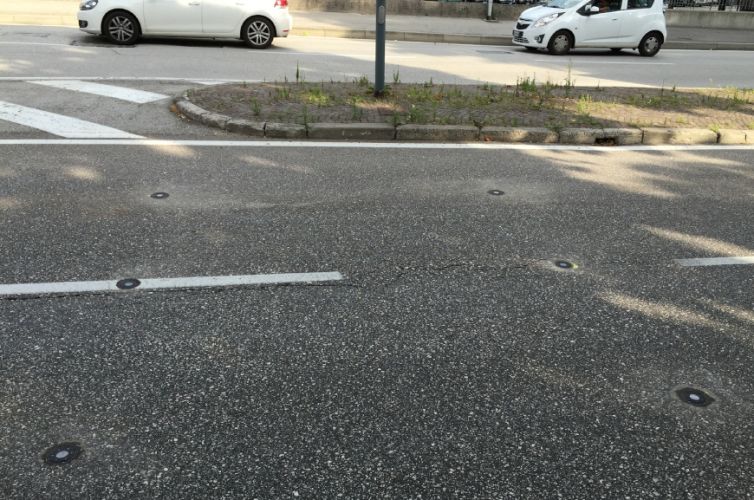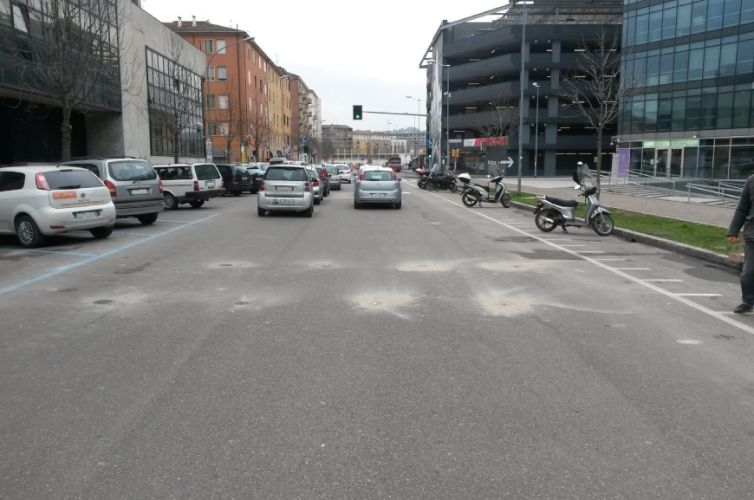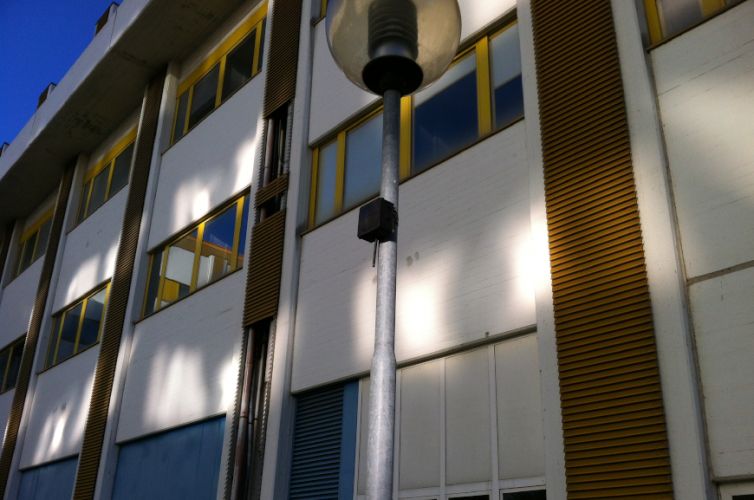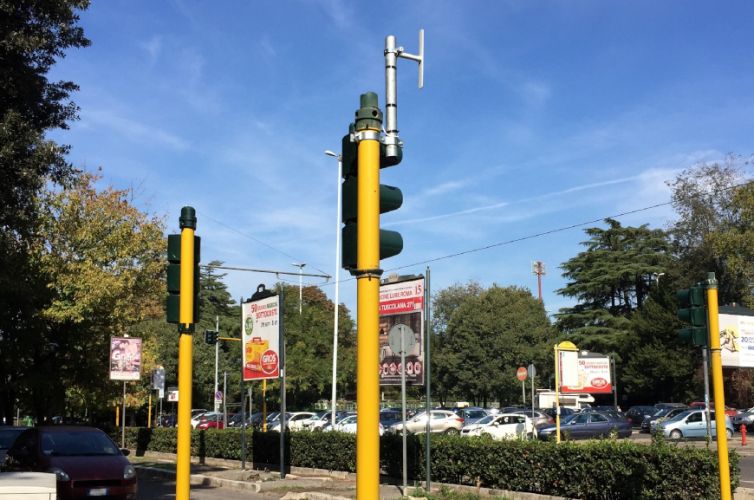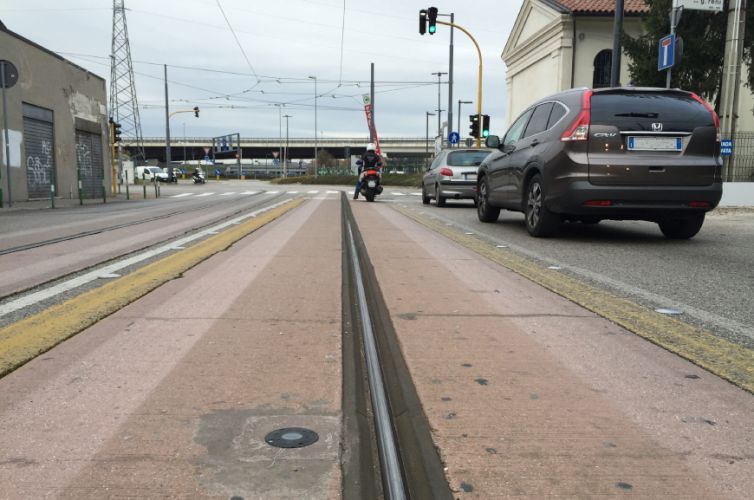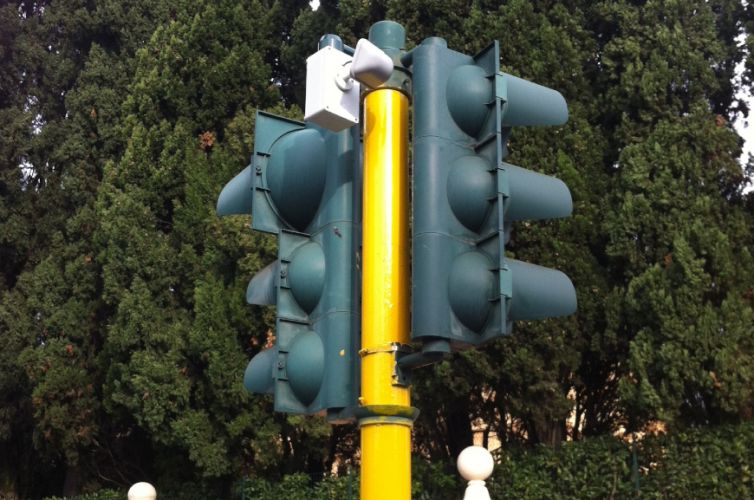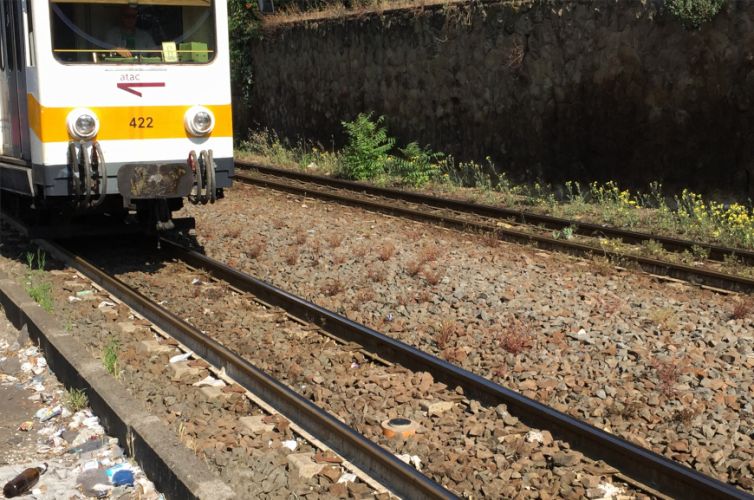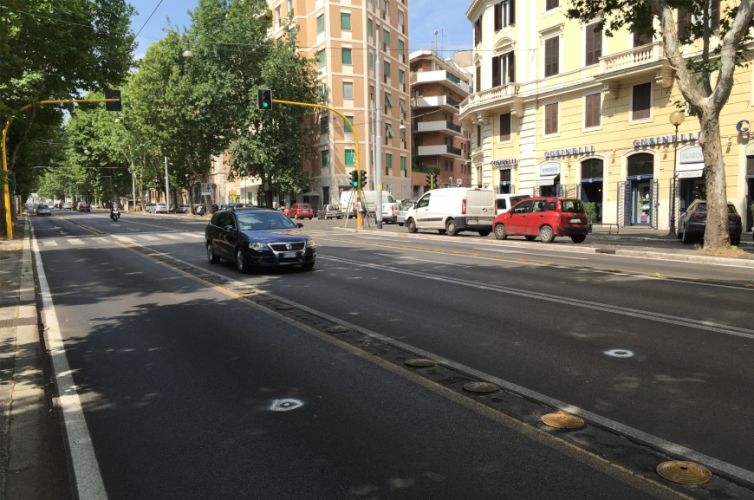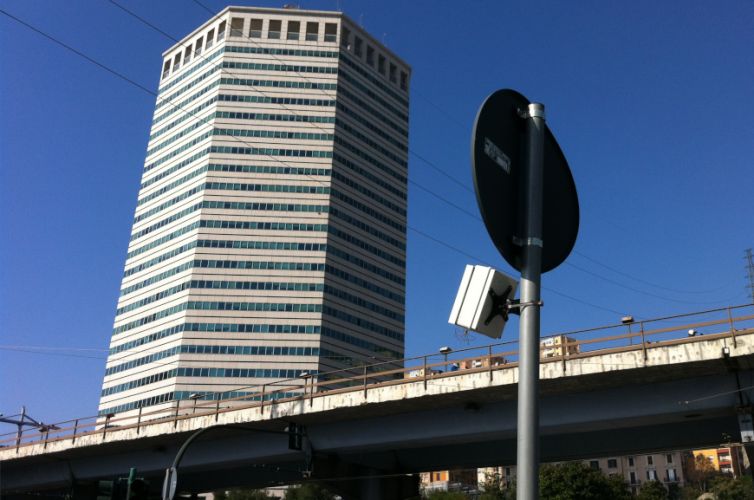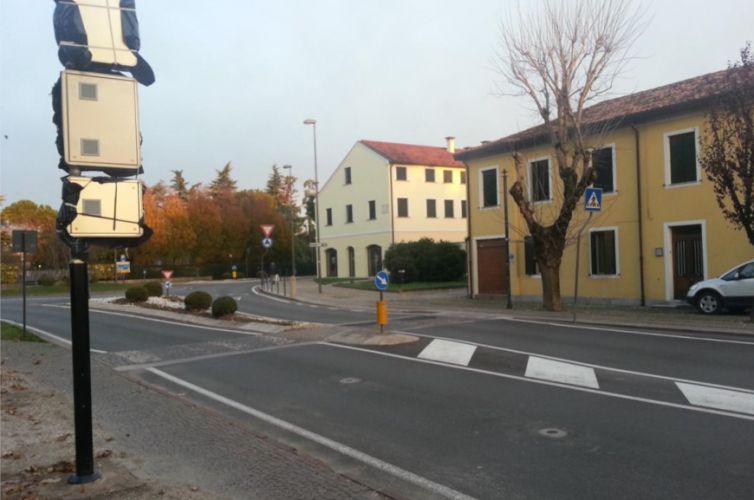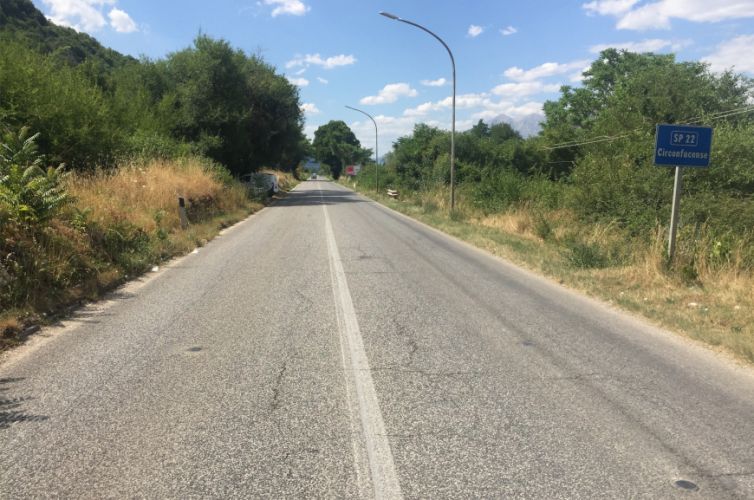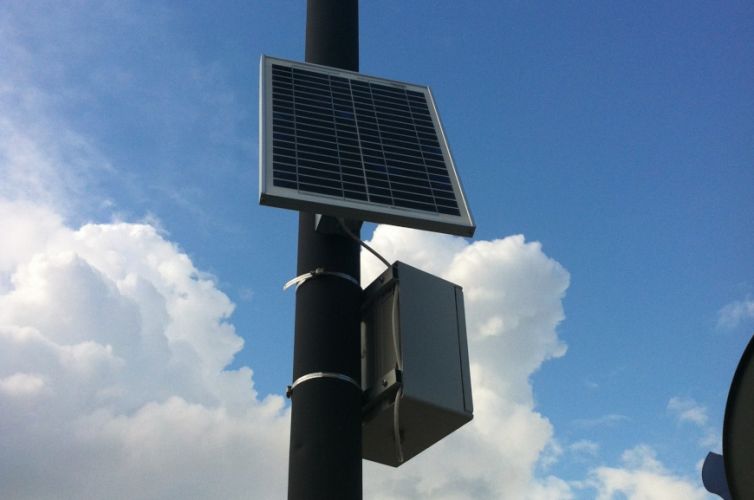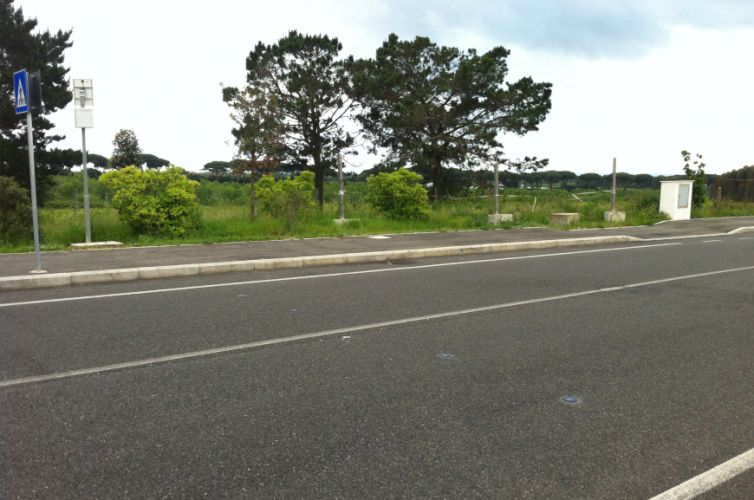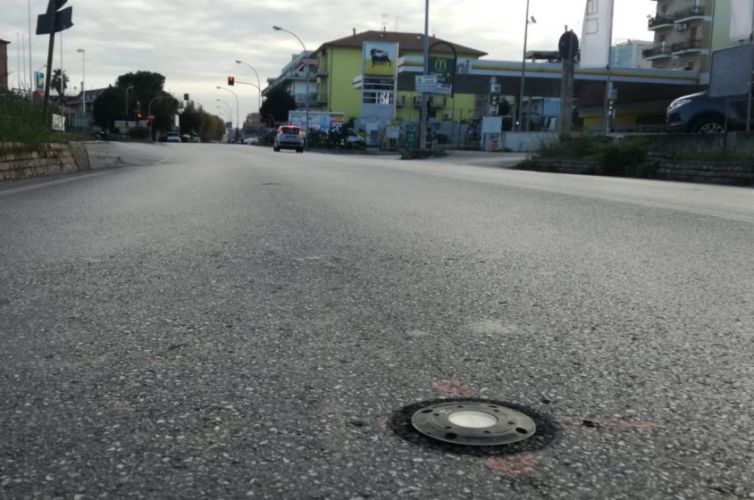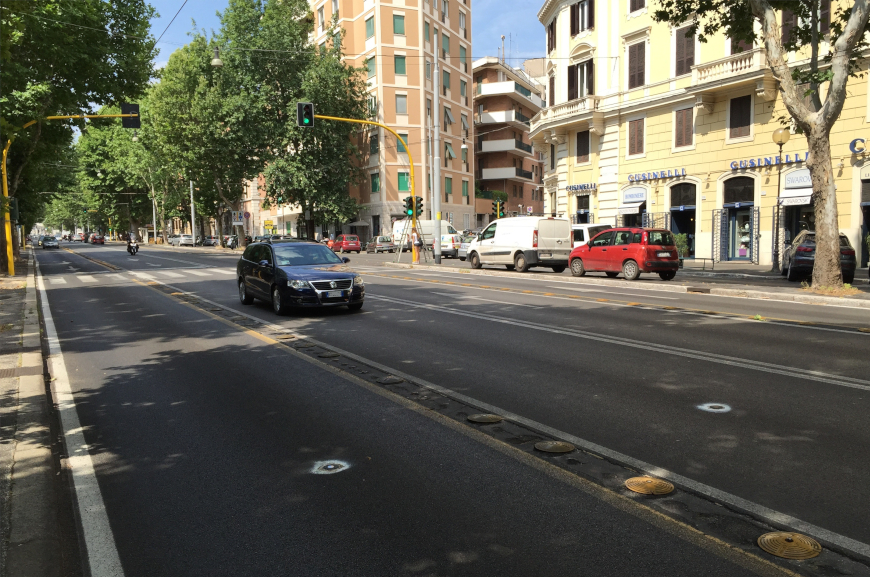
COMPONENTS
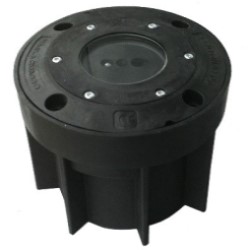
SKY LIGHT SENSOR
It’s a solid, accurate wireless sensor. It is designed to resist the stress of heavy traffic on the roads and of weather conditions.
Sky Light Sensor works with a combination of three detection technologies, coming from a patented ambient light sensor, an infrared sensor and a magnetic sensor. A strong algorithm guarantees extreme accuracy and eliminates possible errors.
Wireless communication offers a great flexibility in choice of location and layout.
Maintenance and installation operations will be quick and easy, using common construction tools. Interrupting the traffic flow completely is not necessary. This is thanks to an additional external case where the sensor is placed.
Sky Light Sensor is powered by a long life battery. If it starts to run out after several years of intense use, Nabla Quadro offers a battery replacement service to guarantee the longest product life.
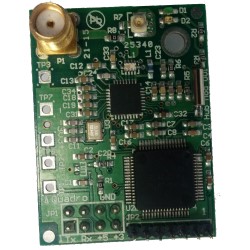
SKY LIGHT HUB
Sky Light Hub is a radio receiver and coordinator to acquire data from the sensors.
It is a very small component (39mm x 29mm) and it is able to handle up to 16 sensors.
Information about traffic, such as start and end timestamp, is available through a UART serial port.
In the configuration proposed, Sky Light Hub is integrated inside the Access Point, so to send traffic data to a server directly. But, it is possible to use different devices to acquire data from the hub. This enables the creation of a very flexible system where integrators and users can decide to use their preferred devices.
Integrating our system with components from other providers is extremely simple, thanks to transmission and decryption protocols available to users.
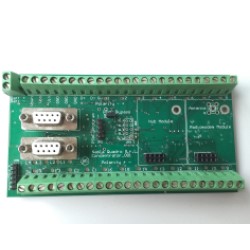
SKY LIGHT INTERFACE CARD
Sky Light Interface Card is a 16-channel dry contact board that has a specific slot for the integration of Sky Light Hub.
The events coming from the sensors are inputs to open/close opto-isolated contacts, exactly like inductive loop systems.
Channels are independent from one another and are marked with numbers from 1 to 16. All the events detected by one sensor generate a transition on the corresponding contact. The action associated to an event is set through the configuration software included in the system.
A group of sensors can be associated to an auxiliary output that reacts to a combination of events. For example, you can set a logical OR of two or more sensors to create a wider virtual inductive loop)
The Interface Card has two contacts for diagnosis purposes, in order to communicate possible faults of the sensors and possible interruption of power supply.
The system can be powered by any kind of continuous power supply with a voltage between 10 V and 26 V, thanks to its DC-to-DC converter.
The total electrical absorption is around 60 mA (hub included).
WHAT YOU CAN DO
Managing phases of the traffic signal controller according to real-time traffic conditions, both for single signals or to coordinate more traffic lights
Creating a system to actuate a traffic light when there are vehicles waiting at the stop line
Measurement of the length of the queue in each arm of the intersection
Using data to plan road works, new infrastructures or an alternative mobility management

